21 foods you didn't know you could freeze: Avocado, cheese and more
Top tips on how to freeze and defrost all those foods you didn't know you could freeze, to save money and avoid waste...
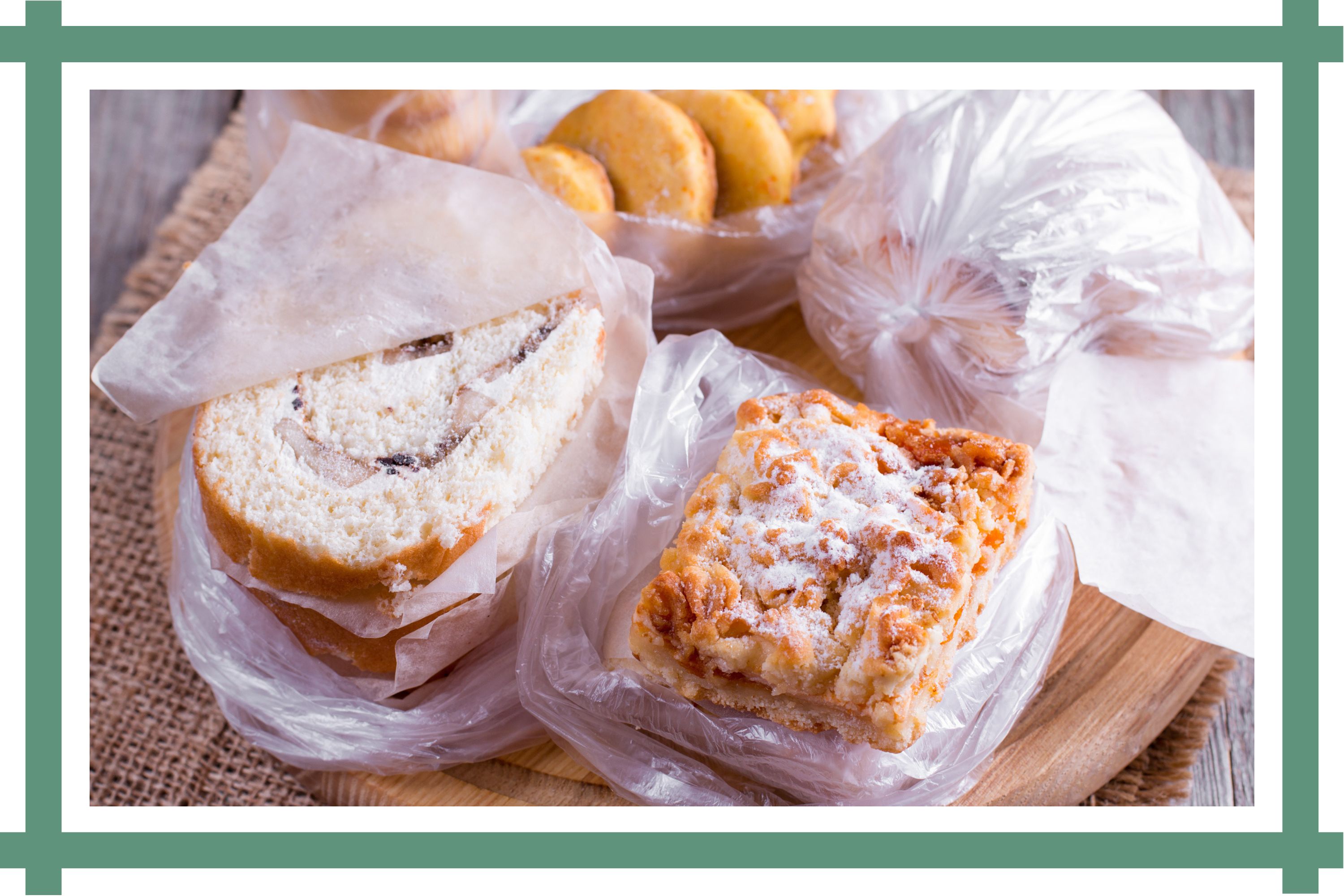

There are so many foods you didn't know you could freeze. Did you know that you can freeze nuts, herbs, cake, eggs, and butter? The list goes on.
If you're anything like us, your freezer is full of the usual suspects – frozen veg, some meat, and a few tubs of ice cream, anyone? But it can be used for so much more than that. Not only will it down on food waste, and allow you to save money on food during the cost of living crisis, but for those wondering are frozen foods healthy the answer is yes - they can be just as nutritious as fresh food when done right.
“It's tempting to think of our freezers as long-term storage for meat bought on offer, and the obligatory bag of peas, but that big cold box can be far more useful than most people ever imagine,” says Kate Hall from The Full Freezer, who works with individuals, groups, corporations, and brands to cut food waste in homes and workplaces.
“The truth is, almost all foods can be frozen, and chances are you could save yourself a small fortune by learning how to freeze food and use your freezer more effectively. Whether it's freezing fruit before it turns bad, freezing your excess rice when you cook too much, or even freezing the odd glass of wine to avoid a bad head in the morning.”
Foods you didn't know you could freeze
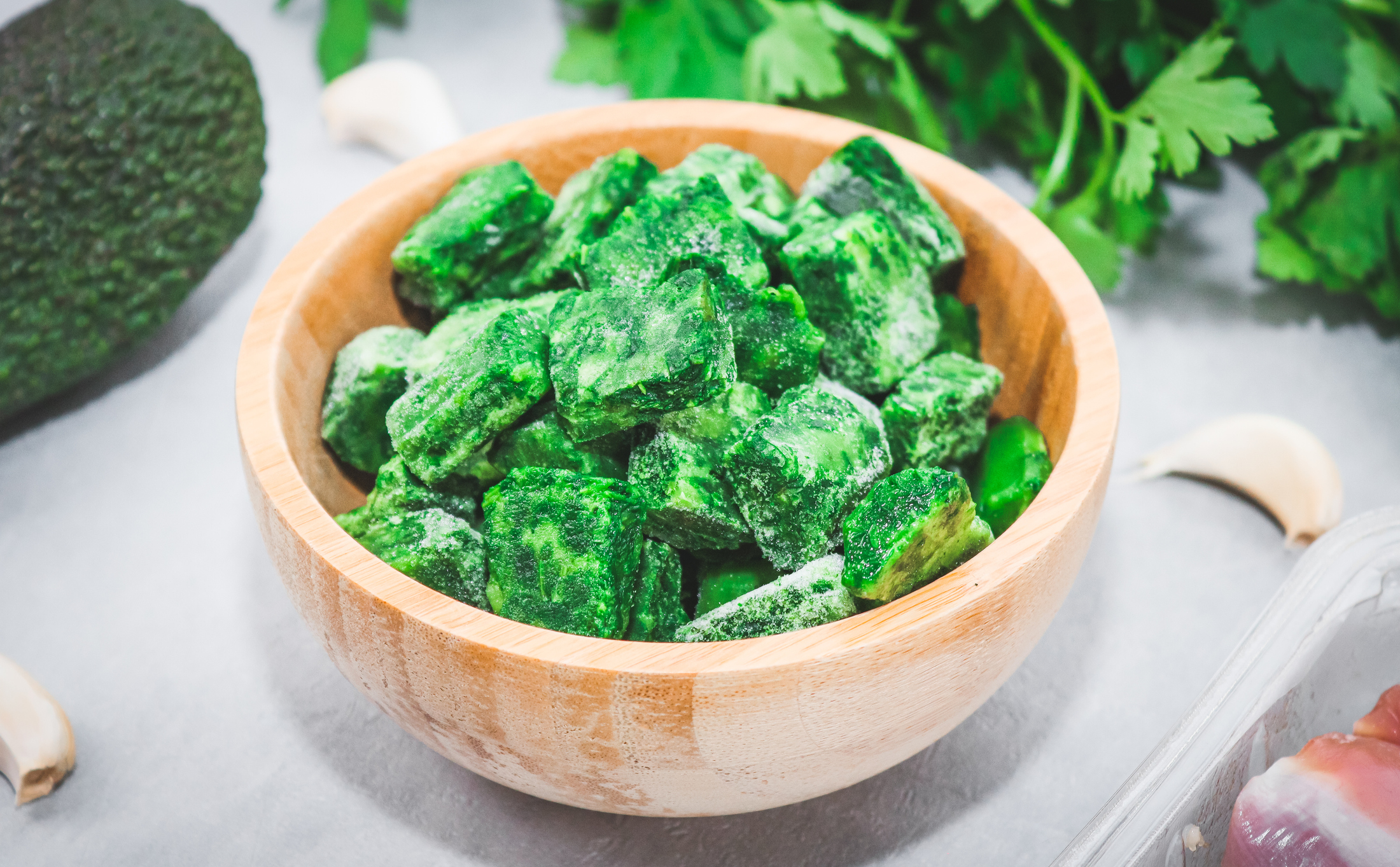
Frozen avocado makes for an easy midweek guac, or can be added to smoothies
1. Avocado
How to freeze: To prepare your avocado for freezing you need to wash it, cut it in half, peel it, remove the stone and pop the avocado into a ziplock bag. If you're pureeing, either mash the avocados with a fork or in a food processor, add a dash of lemon or lime and store in a resealable bag and freeze – this will help retain the quality.
How to defrost: Defrost in the fridge, or you could stick it into the blender from frozen to add to a smoothie.
2. Cheese
How to freeze: Grate the cheese and store in an airtight Tupperware container, cling film or freezer bags, this will make it easier to grab handfuls when you need it. You could also slice the cheese into portions and freeze separately. Stilton is a great cheese to freeze as it stays the same texture as when fresh and doesn't crumble. Cheddar freezes quite well too, as does mozzarella to be sprinkled over pizza or lasagne.
GoodtoKnow Newsletter
Parenting advice, hot topics, best buys and family finance tips delivered straight to your inbox.
How to defrost: Defrosting overnight in the fridge should avoid too much crumbling, but melting it into cooking or grilling or baking it from frozen is the best way to go, to avoid any issues with a change in texture.
3. Bananas
How to freeze: Bananas tend to go off quite quickly - but this doesn't mean they should be heading for the bin. Over-ripe (or brown) bananas can be frozen, with or without the skin, and used at another time. You don't need to wait for them to go off either – you can stick bananas in the freezer as soon as you buy them if you don't think you'll get a chance to use them all.
How to defrost: Defrost them with a little burst in the microwave (even if they have the skins on), if you need them to be a little mushy – that way they’ll be great for baking banana cakes or muffins. From frozen, you can blend bananas down with milk or yogurt to make a smoothie or blend on their own with a little sugar to make a low-fat ice cream alternative.
4. Potatoes
How to freeze: Peel the potato skin and then blanch in boiling water for about 5 mins. Once they're piping hot, pop them into a bowl of freezing cold water and leave to cool for 10 mins or so then pack them in portions using airtight bags or Tupperware pots.
A useful tip is to freeze cooked potatoes on a baking tray, so they're not touching each other, and when they are solid, pop them into a plastic bag or container. This stops them from sticking together so you don't have to defrost them all at once.
How to defrost: For roasties, use the potatoes straight from the freezer, add oil, and roast. Mashed potato can be frozen in meal-sized portions and then defrosted overnight in the fridge – then you can use it for toppings on a shepherd's pie or cottage pie, or as a simple side dish.
5. Mushrooms
How to freeze: Chop your mushrooms, toss them in some melted butter and freeze – then they can be used on pizzas and in casseroles. It's a great way to ensure you don't waste any mushrooms, and it can be done when they're fresh out of the packet or when they're starting to look a little ropey. You can also store chopped onions and peppers in the freezer so you always have the essentials for a good sauce.
How to defrost: Thicker cuts of mushrooms will take longer to defrost, just make sure you leave them in the fridge to thaw, otherwise they can end up pretty soggy, or cook straight from frozen.
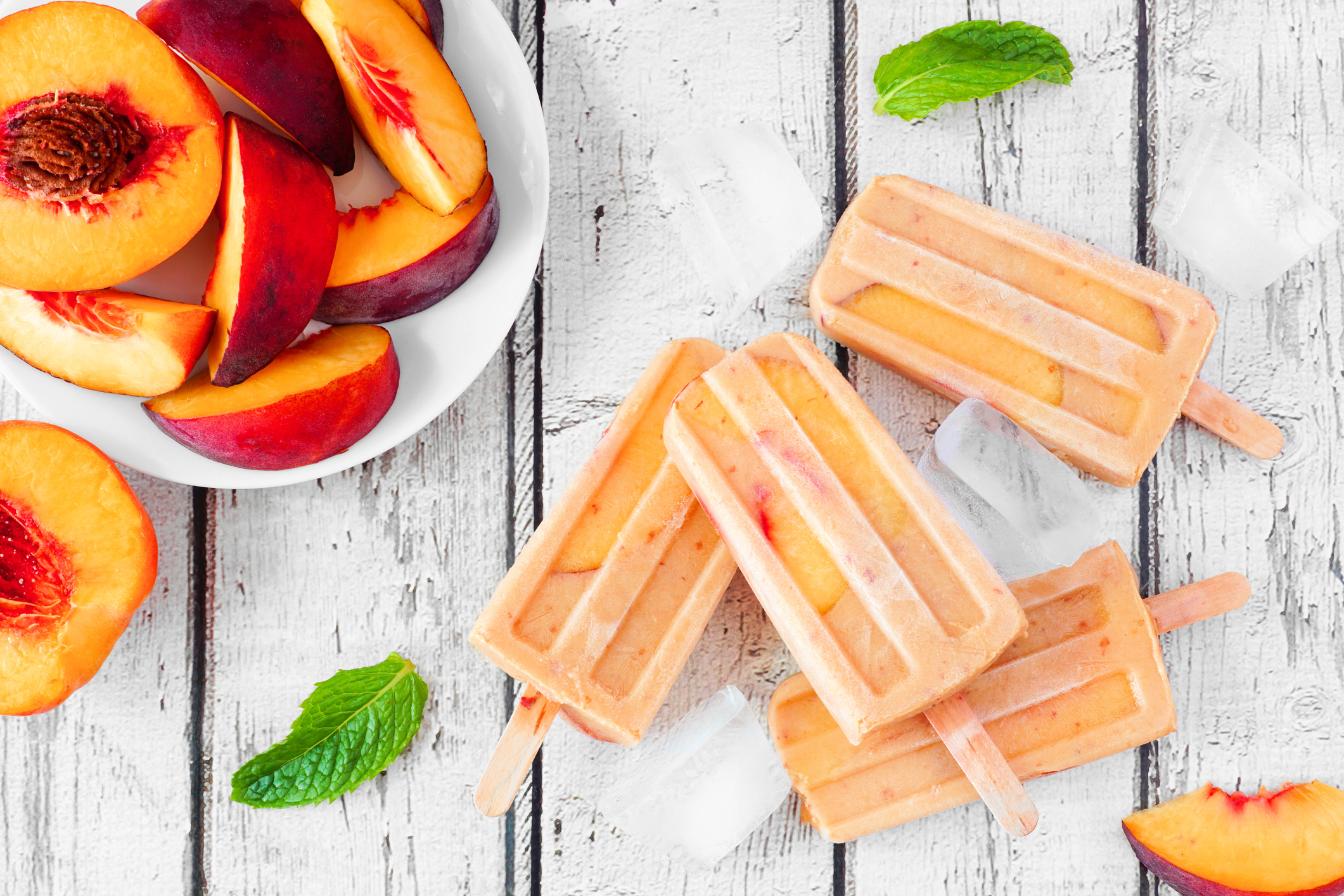
Freeze your yogurts in lolly moulds to avoid food waste
6. Yogurt
How to freeze: You've heard of frozen yogurt, but have you ever actually frozen your fresh yogurts? Freeze when they reach their use-by date and they make great healthy alternatives to ice creams. Another idea is to freeze them in lolly moulds, making great treats for the kids in the summer months – plus yogurt or smoothie ice lollies are more nutritious than shop-bought varieties.
How to defrost: Use straight from the freezer for a quick treat for children or blitz in a blender with more fruit and a splash of milk or juice for a thick smoothie.
7. Milk
How to freeze: Best frozen in individual portions, milk is great for storing away in the freezer if it's nearing its expiry date. Freeze in an ice cube tray for even portions and to save space in your freezer. If you decide to store the milk in a carton or bottle, make sure you pour a little bit away from the top so it has room to expand.
How to defrost: When thawing, leave it in the fridge overnight and every now and then shake the bottle or carton to mix the milk and the fat back together.
8. Pesto
How to freeze: Once opened, a jar of pesto has quite a short shelf-life. You can keep it in the fridge for the duration stated on the jar and, when it's nearing that date, stick it in the freezer. Portioning your pesto will mean that you can grab exactly how much you need, when you need it. An ice cube tray gives you nice portions of pesto, but you can also store it in freezer bags.
How to defrost: Allow to thaw in the fridge, or give it a burst in the microwave on the defrost setting, stirring throughout.
9. Pasta
How to freeze: As pasta lasts for quite a while dry, it's not really worth cooking pasta up just to freeze it but if you cook a little too much, it's good to know that it doesn't have to go to waste. It’s also good news for any fresh pasta that you haven’t gotten around to using.
Make sure you cook your pasta beforehand – al dente is best (so it still has a bite to it). This will help your pasta maintain its quality when you reheat it after it is thawed. Great for saving fresh pasta from wasting as well. Pasta that is cooked in a sauce or leftover pasta, like spag Bol, can be frozen altogether – meat, sauce, and pasta all-in-one
How to defrost: Make sure you leave it in the fridge to defrost fully before reheating.
10. Wine
How to freeze: A few drops left in your wine bottle? Pour it into an ice cube tray or ziplock bag and freeze instead. Using an ice cube tray will allow you to judge portions clearly - one cube is normally enough to add a nice bit of flavour to your dish. The freezing process doesn't affect the wine at all and it means you'll always have some to hand to add to dishes and sauces.
How to defrost: It’ll thaw pretty quickly if left out at room temperature
11. Bacon
How to freeze: Bacon is best frozen fresh, in individual slices. Wrap each slice in cling film and freeze in a Tupperware box. You could also freeze the whole packet of bacon if you think you'll use up the whole batch once defrosted.
Another cost-effective and space-saving way to store bacon in the freezer is by rolling it in wax paper. Lay the strips of bacon vertically on a large sheet of paper (just make sure they’re not touching so they don’t freeze as one big block). Roll the paper, making sure the bacon doesn’t move and place your roll of wax paper into the freezer.
How to defrost: You can grill or fry your bacon from frozen but, if you want to add it chopped to a dish, thaw it out in the fridge.
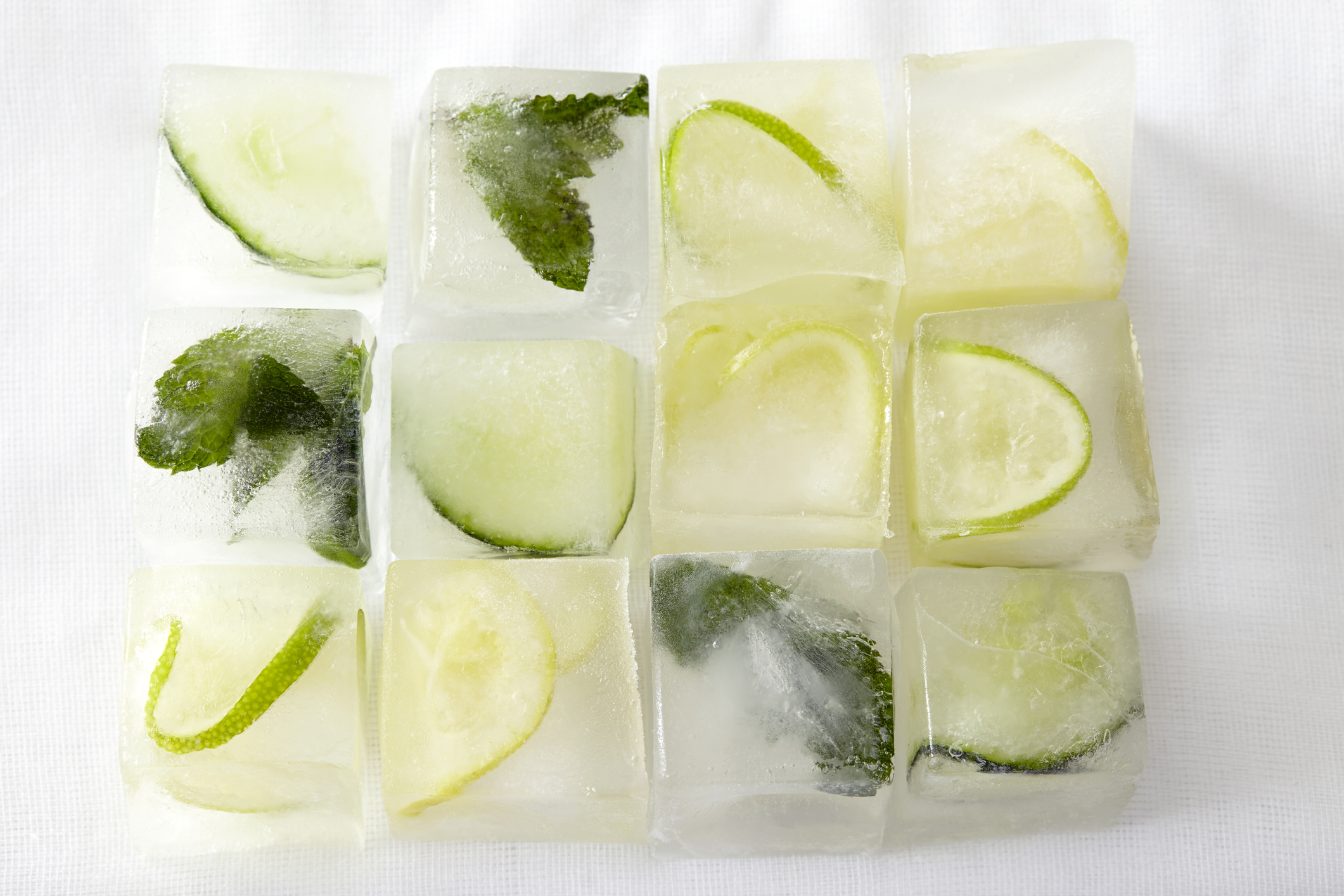
Frozen lemon and lime is a great addition to a summer drink, like Pimms – with mint and cucumber, too
12. Lemons and limes
How to freeze: If you want to keep your lemon or lime for baking just cover it in cling film and freeze. You can grate the skin for when you need to add zest to a recipe. If you want to save your lemon for adding to drinks or herbal teas (it's much more refreshing than normal ice cubes) cut into slices and freeze individually so you can just use a segment at a time.
How to defrost: Don’t – just pop it straight into your drink, or zest the skin from frozen.
13. Rice
How to freeze: Make sure your rice is well cooled before freezing and then portion it into Tupperware boxes.
How to defrost: Leave it in the fridge to defrost overnight or give it a quick blast in the microwave on a defrost setting (you can add a little water if it looks a little dry.) Once defrosted, it can be reheated on the hob – just make sure it's piping hot before serving.
To find out more about how to cook rice - as well as safe prep for leftovers and freezing, see our handy guide.
14. Buttercream
How to freeze: If you’ve finished decorating your cupcakes and have some buttercream left over, just pop it into a ziplock freezer bag and store in the freezer.
How to defrost: Make sure you defrost your buttercream in the fridge overnight and then, once fully defrosted, you need to whisk it back together to get the creamy, light texture so it's easy to pipe or spread.
15. Herbs
How to freeze: Fresh herbs don’t have a long shelf-life, but they also don’t lose any flavour when frozen. Finely chop and push them into ice cube trays, top with water and freeze. Once frozen, you can pop them all into a bag and label. You can also freeze herbs in bunches; just pop them into zip-lock freezer bags, label and freeze.
How to defrost: Allow those frozen in water to thaw on a plate before adding to meals. For those frozen in bunches, there is no need to thaw – simply chop when needed and add to meals.
16. Cake
How to freeze: Once baked, your plain cake can be wrapped in cling film and popped in the freezer to be used at a later date. Make sure it's not decorated, as the icing and edible decorations will not freeze as well.
Freezing your cake is also a great way to reduce the crumbs around the edges so, when it comes to the crumb coat or fondant layer, it'll be smoother and easier to work with. You can also cut your cake into slices, wrap it individually in foil, and defrost slice by slice as you need it.
How to defrost: Unwrap the cake to avoid condensation and defrost in the fridge – a large cake will take about 8 hours to thaw. Make sure you wrap it again or pop it in a container once defrosted so it doesn’t start to go stale.
17. Nuts
How to freeze: Many of us are guilty of thinking nuts are a cupboard item when, actually, they thrive in a colder environment. Freezing nuts or seeds is a great way of keeping them super fresh and full of flavour. Freeze in a zip lock bag or air-tight container, so they keep the right level of moisture, and use from frozen. You can freeze them with shells, but it’s easier to use straight from frozen if they are sans shell.
How to defrost: You can leave on the side to defrost or add to cake mixtures or warm foods like porridge without defrosting them. Heat them a little in a pan or roast them if you want to warm your nuts to snack on.
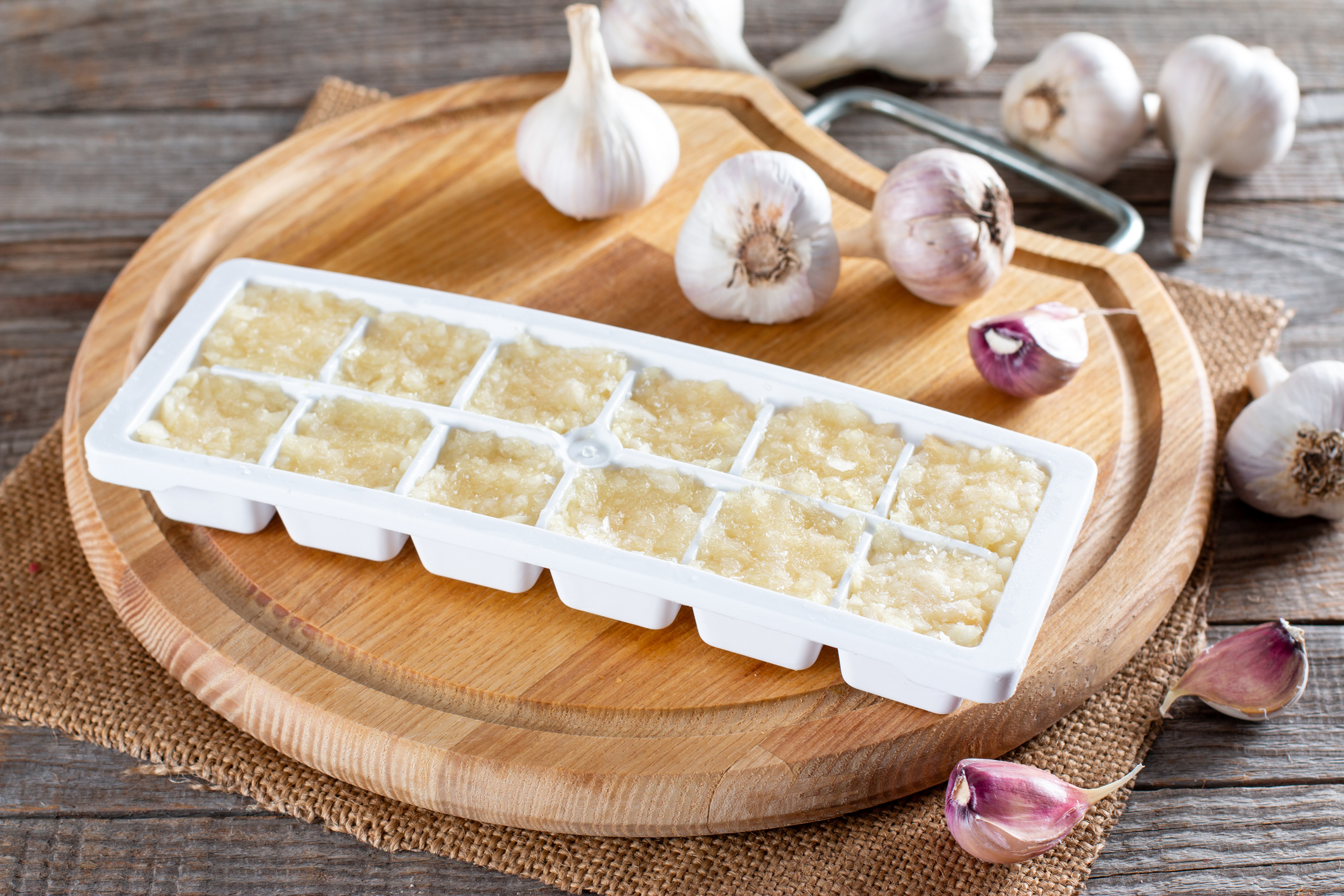
Freezing garlic in ice cube trays prolongs its shelf life and means it's always on hand for flavour
18. Garlic
How to freeze: Save time and avoid waste by freezing crushed garlic if you've got a little too liberal with your chopping (though we’re not sure there’s such a thing as too much garlic). Store in ice cube trays. You can also add a dash of oil to the mix or oil your ice cube tray before freezing so the garlic can pop out easily. This technique can be applied to crushed ginger too, which means you have many of the makings of a tasty curry sauce right there.
How to defrost: Add the garlic or ginger cubes to stir-fries, curries, and any other dishes, straight from frozen.
19. Butter
How to freeze: Butter is best frozen in portions, especially when it comes to baking. Measure out your butter and pop it into an airtight container or Tupperware box to freeze.
How to defrost: There's no need to defrost – just cook straight away by melting in a pan as a base for a sauce. If you freeze a block of butter, you can grate the block when it is frozen instead of defrosting the whole thing. For cake mixtures, you’ll want the butter-soft, so you can also do this by grating it, or pounding it with a rolling pin.
20. Cookie dough
How to freeze: Next time you make cookies, make a large batch and freeze some of the dough. Roll it into a long tube so you can slice off cookies when frozen - or freeze in small ball portions. This can be done with pastry and other recipes like bread and pizza dough too.
How to defrost: Never do it at room temperature as the eggs in the dough could encourage bacteria to grow. Pop them in the fridge overnight, slice smaller, or pop them in the microwave if you want them to defrost quickly.
The great thing about cookie dough is that you can actually cook it straight from frozen too. Use the original cooking time on the cookie recipe you're following and just add a few more minutes to the baking time. So, for example, if the recipe says to bake for 10 minutes, bake frozen cookies for 12-15 minutes until golden.
21. Eggs
How to freeze: If you crack an egg into a bowl, give it a little whisk and pour it into a freezer bag or individual ice cube tray, you can make it last much longer. And, if you're an avid baker, it can be handy to freeze the egg yolk and whites separately. This way you can use the whites for desserts such as meringues and the yolks for recipes like mayonnaise – and nothing goes to waste.
How to defrost: Thaw in the fridge or under cold running water if you need them quickly (never at room temperature), and use them straight away.
Top tips for freezing food
Kate’s most important tip for freezing foods is “to chop them up and 'open freeze' them before putting them into a freezer bag or container. This allows each piece to freeze much faster, which helps to preserve the quality. It also means that you'll just be able to use as much as you need rather than having to tackle a mini-iceberg of food.”
How long is it safe for food to be frozen?
“It's a good idea to label all foods with the date when you freeze them so that you can keep track of how long they’ve been in your freezer. Although most foods won't technically go off in your freezer (as long as it's -18°C or colder), they are best used within 3-6 months. This does depend on what the food is though and how it has been frozen – for example, a vacuum-packed joint of meat will last in the freezer much longer than open frozen berries,” advises Kate.
“If your food has built up any frost, or developed freezer burn, you can still safely eat it, but the quality will be lower and so affected items are best used in a dish with a sauce that helps disguise the damage! You may also wish to cut freezer burnt areas off any meat as it can make it tough. The best way to prevent freezer burn and frost build-up from happening is to limit the amount of air circulating around your food, so if you are using freezer bags, be sure to always squeeze out as much air as possible before sealing.”
So, as well as using your freezer for storing freezer meals, here are some surprising foods you didn’t know you could freeze, and our handy tips on how best to freeze, defrost, and prep them for eating.
What's the safest way to defrost food?
When it comes to defrosting, she says that, very often, you don’t actually need to. “Most foods can also be cooked with or used straight from frozen, particularly fruit and vegetables, making them incredibly convenient to use. If, however, you are planning to use frozen raw meat, it's a good idea to defrost it first so that you can ensure it is fully cooked through without overcooking.”
Kate says that there are three safe ways to defrost – and defrosting at room temperature is not one of them! They are:
- In the bottom of the fridge, covered, in a dish. This will usually take around 24 hours depending on what the food is, and it should then be cooked within 24 hours from the point at which it is defrosted.
- In a freezer bag, in a dish of cold water. If your food floats, use a bowl or glass to weigh it down. If your food has been frozen flat, it can take as little as 15 mins for some foods to defrost, but if it takes longer, change the water every 30 minutes to keep it cold. Once defrosted, ideally you should cook it immediately, although it is okay to move your food to the fridge and cook within 24 hours if necessary.
- In the microwave on low, in a microwave-safe container (not in the freezer bag!). Once defrosted, cook your food immediately, do not leave it out at room temperature or refrigerate. Once your food is cooked, if you don't eat it all, any leftovers should be cooled within 2 hours (1 hour for rice) and then refrigerated and eaten within 48 hours.
Related features:
Money-saving freezer meals
Cheap family meals - under £1 a head
Budget baking - top tips for making cheap cakes

Lara Kilner is a writer and editor with two decades of experience in national newspapers, magazines, and websites. She writes about food, lifestyle, travel, health and wellness, and entertainment, and regularly interviews celebrities and people with interesting life stories and experiences. Her foodie content has included interviews with Jamie Oliver, Rick Stein, Queer Eye’s food expert Antoni Porowski, the Hairy Bikers, Hugh Fearnley Whittingstall, Raymond Blanc, Andi Oliver, Paul Hollywood, Prue Leith, and Nadiya Hussain.